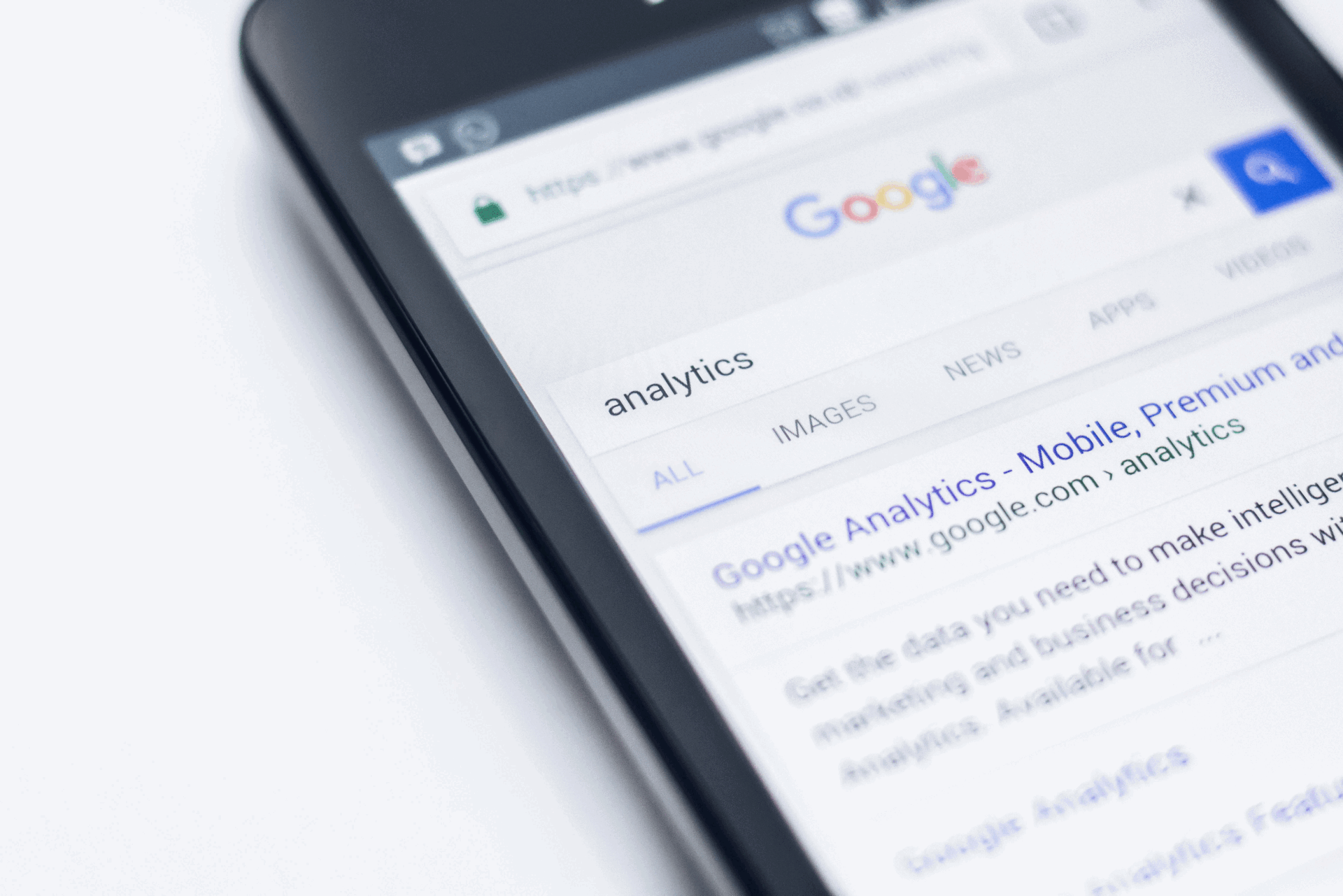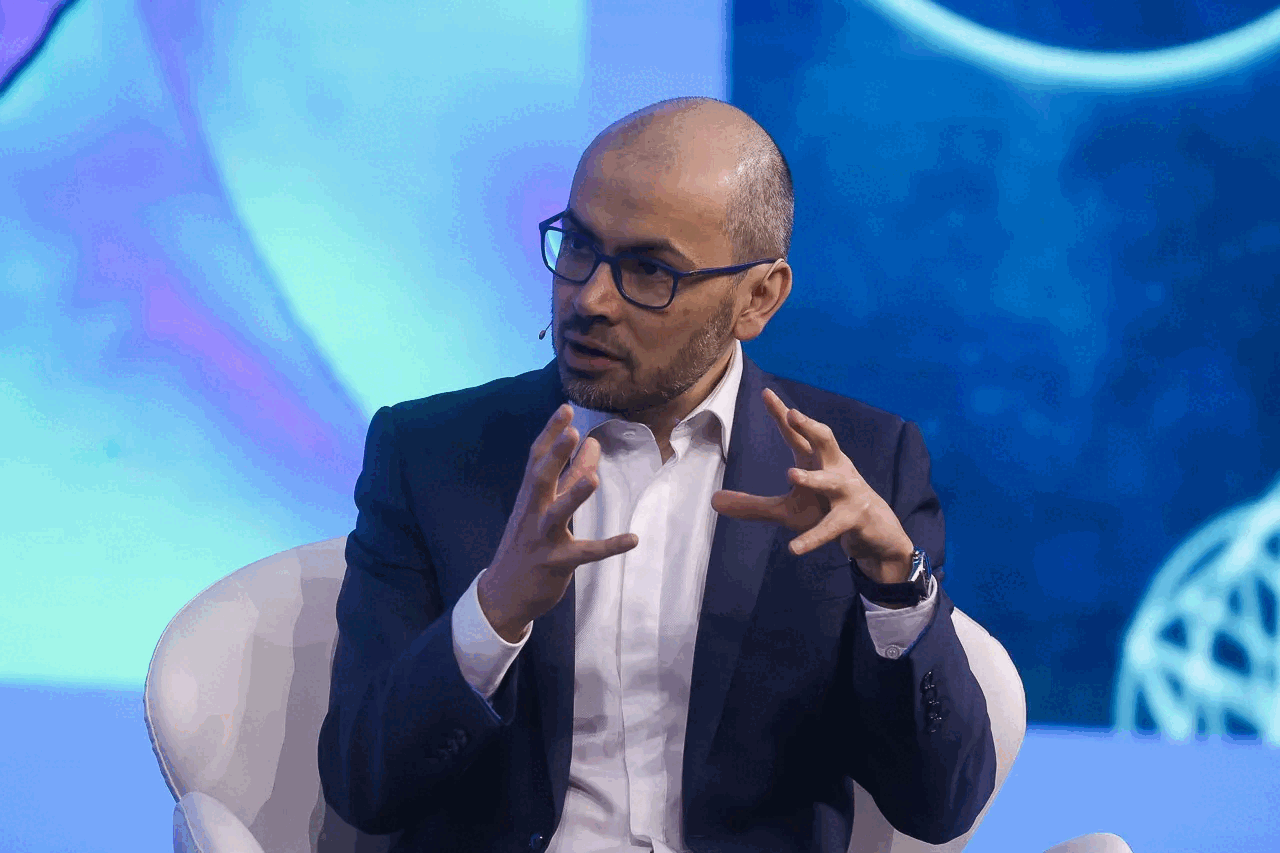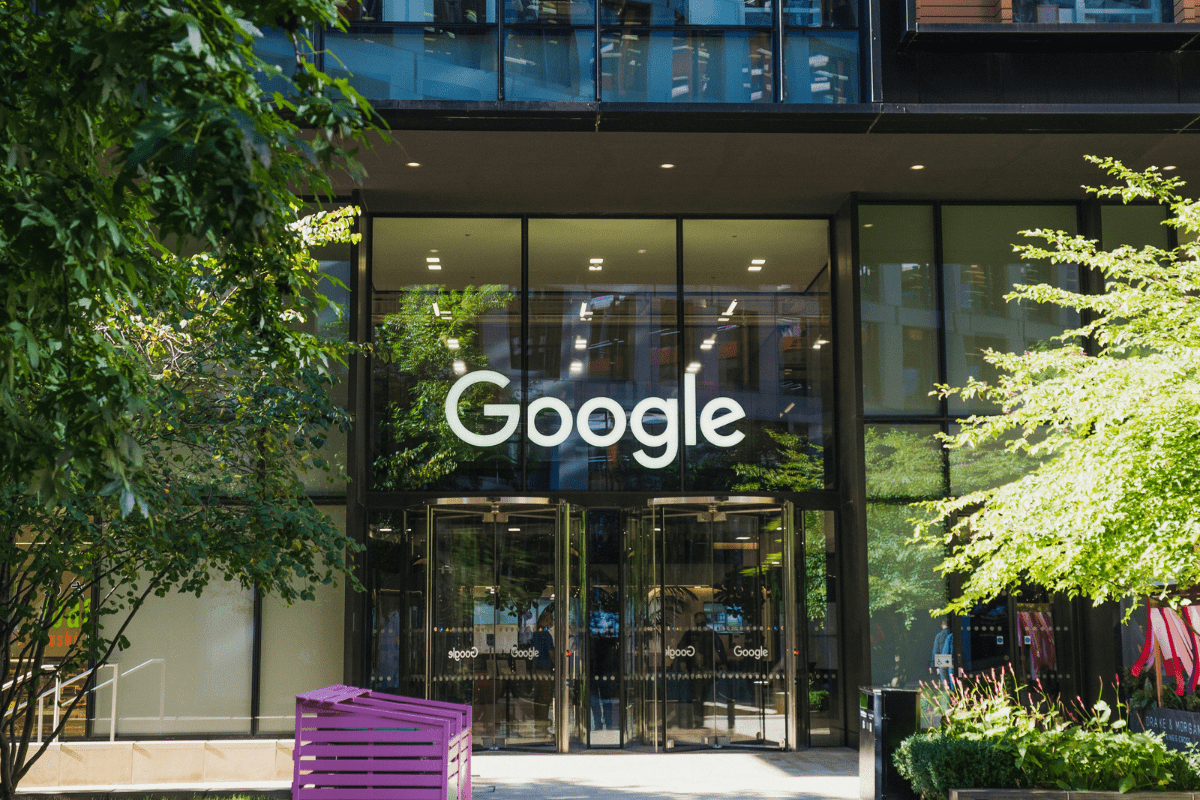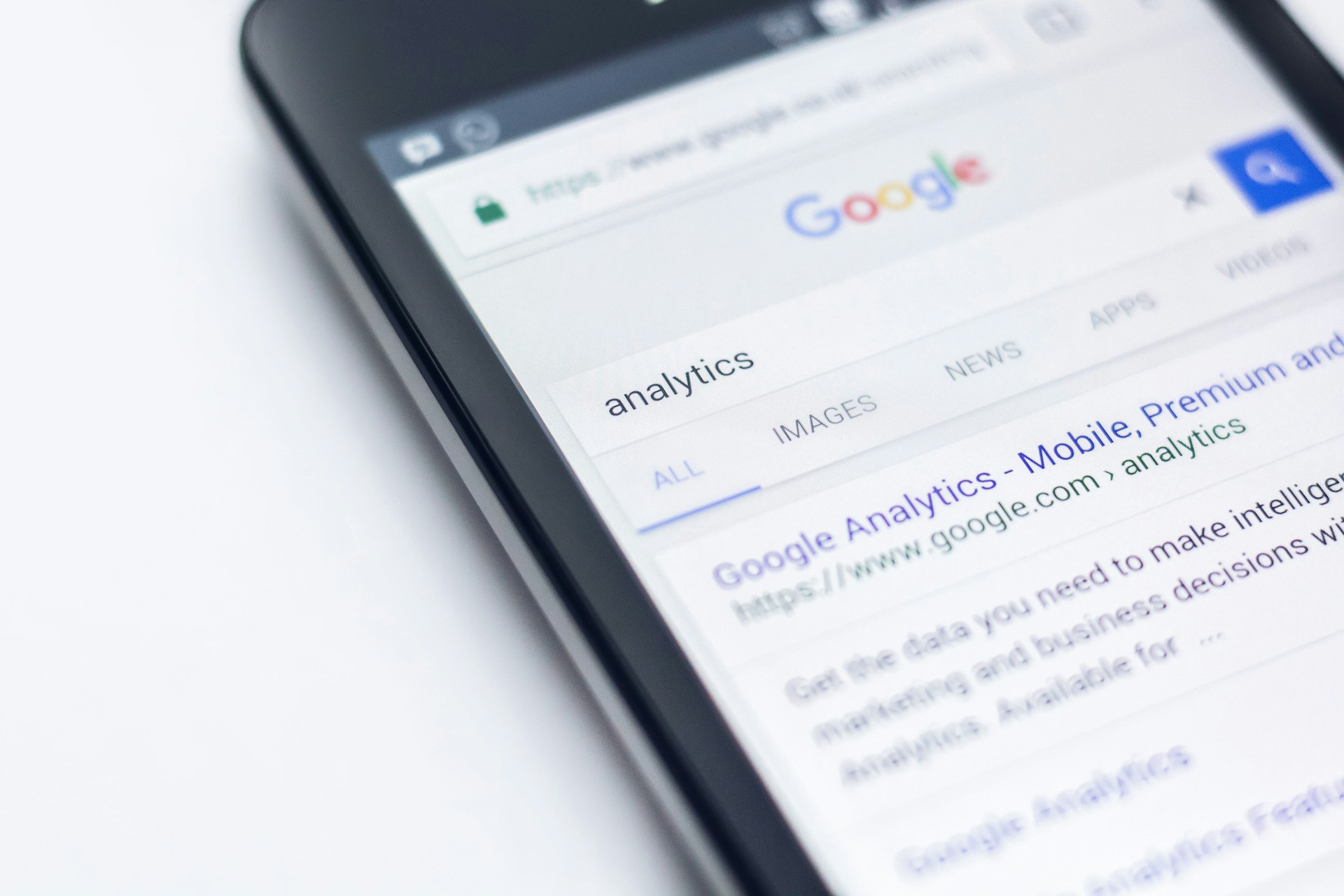What Google’s move to mobile-first indexing could mean for businesses
- Wednesday, May 30th, 2018
- Share this article:
Giuseppe Pastore, search marketing & affiliation manager for online flagship stores at Yoox Net-A-Porter Group, takes a look at the changes that Google’s move to mobile-first indexing will bring.
 Google is constantly trying to make the web better. One of the internet giant’s key focuses is on bridging the gap between growing mobile usage and an outdated desktop-first approach.
Google is constantly trying to make the web better. One of the internet giant’s key focuses is on bridging the gap between growing mobile usage and an outdated desktop-first approach.
In doing so, Google has tried to address three main problems:
Usability: Some websites offer a terrible mobile user experience, which is why Google rolled out an update that boosted rankings for pages that were considered mobile-friendly in 2015.
Speed: Users on mobile need websites to be fast. Superfast. So, Google made page speed a ranking factor.
Consistency: Currently, the search results we see on Google are based on the desktop version of a webpage. However, to ensure good UX, sites often need to adapt to the device.
Google is tackling this last problem head on with a gradual shift towards mobile-first indexing – a process which is set to become one of the most important topics for businesses of all sizes in the next few months.
What is indexing?
Search engines like Google visit all corners of the web. During this exercise, they follow each link on every page to create an in-depth view of the website – this is known as crawling.
The search engine will then add the information from crawling into its algorithm. The algorithm adds the page to its index and gives it a page ranking – this process is called indexing. Once complete, the site will be available to find through the search engine – voila!
For example, the word bag may be associated with pages 125453, 4537243, 859302, 7476245 (each number is the equivalent ID of a web page). The search engine knows what the page relates to through the content on the page itself, as well as external references.
Why does this need to change?
At the moment, indexing takes desktop sites into account first. So, when a user searches on a mobile device, they may land on a mobile page which has different content and less information than its desktop equivalent, resulting in a poor web experience.
To ensure users reach the content they expect and want, Google now indexes and ranks mobile pages first to ensure the actual page content is shown in search results.
How this could affect your business?
If your mobile and desktop content is different, Google could remove your page from the index. For example, page 125453 may no longer be considered as related to bags, as there is no reference to it on the mobile site.
What are the risks?
If your website is responsive and you serve your audience the same content irrespective of the device, then the search experience should not change.
However, if you run separate mobile and desktop sites then you need to carefully manage a number of technicalities:
- Content parity (whereby content should be accessible on a range of devices irrespective of differences) is not granted and needs to be verified.
- The indexable page (mobile) should explicitly reference the non-indexable page (desktop) to avoid duplications.
- Internal links should be the same to avoid creating orphaned pages.
- If AMP (Accelerated Mobile Pages) are created, the relationship between these and mobile pages should be clarified to search engines.
Naturally, the added technicalities of running separate mobile and desktop sites will rightly make many businesses consider redesigning their webpages with a mobile-first, adaptive layout. However, it is also important to remember that removing content can harm your website’s visibility on search engines.
Conclusions
It is impossible to say how the web ecosystem will react to Mobile-First Indexing until its roll-out is complete, but it is imperative that businesses keep an eye on how it is affecting site traffic.
Here in the online flagship stores division of Yoox Net-A-Porter Group, we design and manage the websites of over 30 luxury brands and have prepared ourselves for this change. We are closely tracking the rankings and keeping an eye on server log files to see if we have received more visits from Google’s mobile crawler.
And as always, depending on how Mobile-First Indexing affects the overall experience, we are ready to react and make further changes that will improve the customer’s experience and our brand partners’ performance.
















